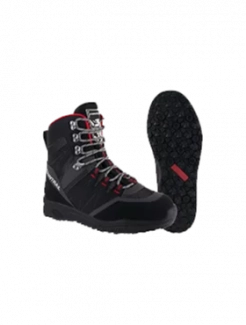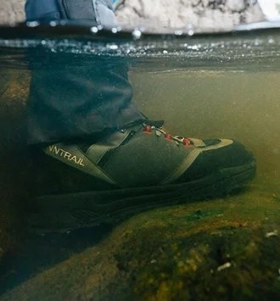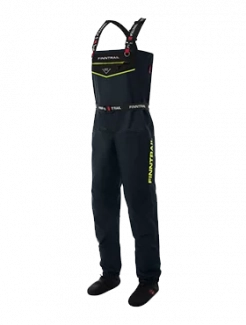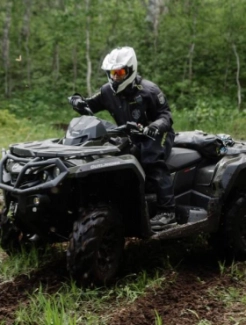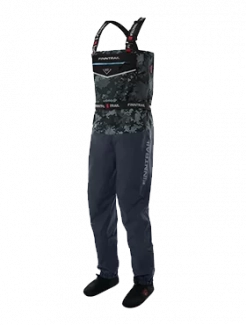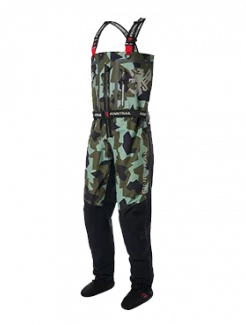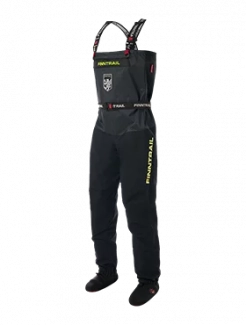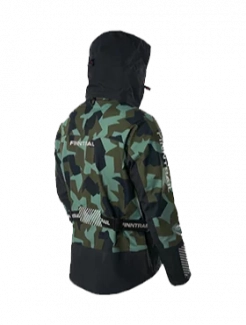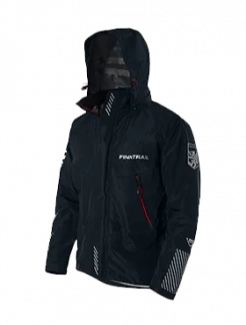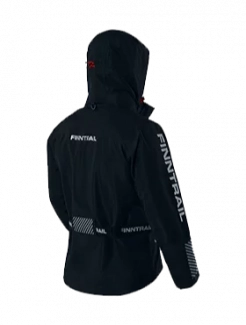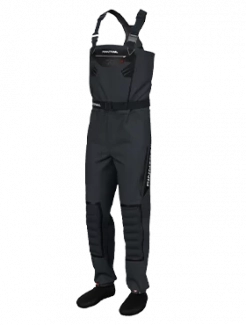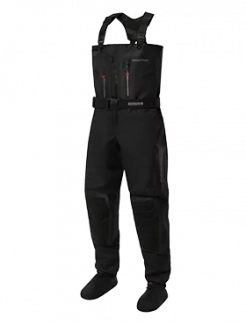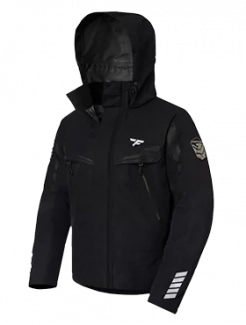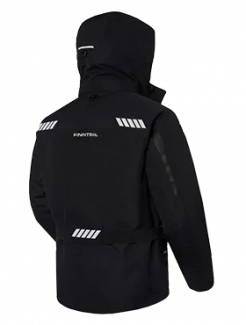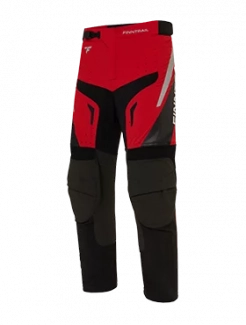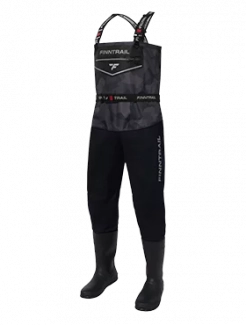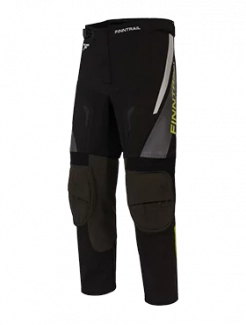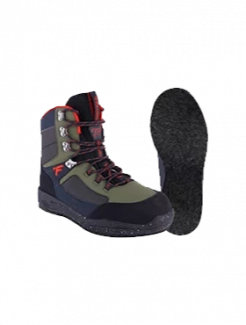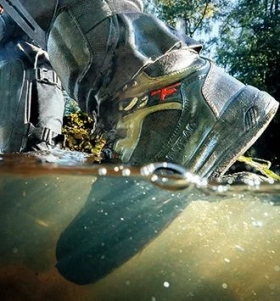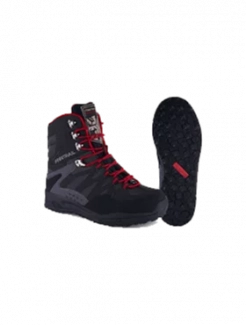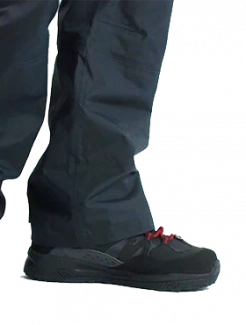Ride Longer, Ride Smarter: 8 ATV Care Tips
Having an ATV is about freedom. It allows the riders to reach places that a regular vehicle cannot, and this fact makes them adventure-focused. Whether you use your all-terrain vehicle off-road as a hunting partner or on a farm, it is apt to break down without proper maintenance. ATVs appear solid and powerful due to their design and construction, but they are not invincible. The better care you take of the vehicle, the better and longer it performs in mud, sand, snow, and rocky terrain.
One surprising fact about this machine is that it does not usually break down due to a single major accident. In contrast, they fail from small issues like dirty oil, neglected brakes, or an ignored filter. These problems rarely show up on day one. Murphy's law for ATVs here is that they happen unexpectedly when someone is far down a trail or when they want to start the gear after it has been parked for a few weeks in the garage.
Regular maintenance is what prevents those moments and makes the difference between a smooth ride and a frustrating breakdown.
The maintenance routine is not difficult. It takes around 10-30 minutes to spend on the machine inspection and maintenance on a daily basis. If you know what to do, where to look, and how to prevent the potential issues before they grow, you may avoid expensive repair bills.
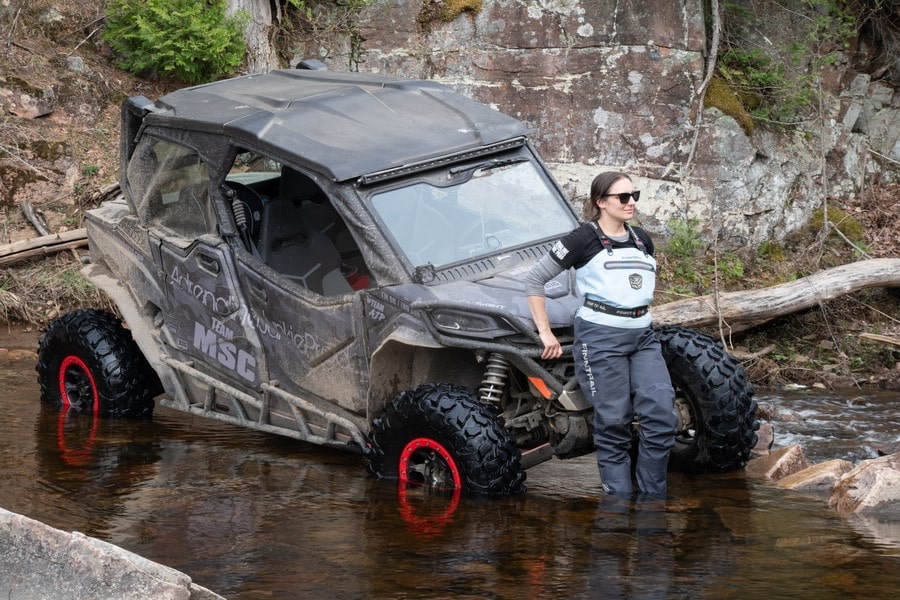
ATV maintenance tips
1. Keep the engine oil fresh
Changing oil is a simple routine that can take up to one hour. But if you ignore it and stretch oil changes too far, the result may be drastic. Engine breakdown, metal parts overheating and wear are some of the consequences you may see.
Oil smoothes the parts in ATVs and protects them from overheating. If the oil and oil filter changes are not done on time, then the performance of the quads worsens and the fuel consumption increases.
It is recommended to change oil every 50 hours of riding or every 6 months, whichever comes first. But if you are riding in extremely muddy trails or doing racing, you have to do it more often, like every 20-30 hours of riding. Once you open the oil fill cap, you can tell a lot about the ATV’s condition. For example, the black color of the oil says that there are many dirty particles in it, and it must be changed as soon as possible. But if you see that oil looks like coffee with milk (dark substance with white liquid), this is a scary sign that tells you that coolant has leaked into the oil, and you have to go to the ATV service repair immediately. Riding in this case is dangerous.
2. Inspect and clean the air filter
Your ATV breathes through its air filter just as you breathe through your lungs. A clogged filter also affects the performance of your vehicle and slows the speed. It is like trying to run while holding your nose. The engine struggles and burns more fuel, especially if you are riding through sandy or dusty regions
Foam and paper filters are the most popular. If they are made of foam, then they can be reused and washed many times. Paper filters, on the other hand, are disposable and easier to replace but cannot handle heavy washing.
Never ignore washing the filter. The frequency of washing you set yourself, the common rule here is to keep the air filter clean and without any debris inside. So, you can check the air filter condition after each outing and wash it, if necessary. But if you had dirty rides, check them the same day. The ten minutes you spend cleaning a filter are nothing compared to the costly ATV service hours needed when dirt slips inside the engine.
3. Monitor tire pressure and condition
Tires are the most sensitive parts of the machine, because they touch the ground, and that is why they deserve more attention. The main things you have to pay attention to here are the tire pressure and their tread depth.
Speaking of tire pressure, the rule is to keep it equal in the front wheels and in the rear wheels, so sharp turns would not be a problem for you to handle ATV riding and finding the balance. If you ride a lot on soft terrain, the tire pressure might be 2-4 psi, while for hard pavements you can have 5-7 psi.
The new tires are usually about 15-25 mm, and after continual usage, they gradually wear down. The dangerous depth is 4-5 mm. If you are not sure about the tread depth and tire pressure, consider going to the ATV servicing for a quick inspection. Failing to climb an icy hill or getting stuck in a deep puddle are likely negative outcomes of having tires worn.
4. Check the brakes regularly
Having regular brake check ups is vital for every ATV rider. The tricky part here is that brake pads wear slowly, and if the gear owners do not notice it, they tend to adapt to the gradual loss of stopping power. And over time, what feels “normal” to the rider is actually a dangerous delay in braking response. Also, the metal backing can start grinding into the rotor, which is a much more expensive repair.
It is a good habit to glance at the brake pads every few rides. If the friction material is less than a few millimeters thick, replace it.
5. Maintain the battery
The battery lifespan is 3 to 5 years. They are not as expensive as an engine, but if you keep the terminals clean and free of corrosion, then you can have them for longer.
Additionally, do not forget about charging. There is nothing more frustrating than discovering that your battery has died right at the moment you head off for a trip. For sealed batteries, simply keep them charged once a month. For non-sealed types, check water levels occasionally and top up with distilled water. If you store your ATV over winter, disconnect the battery or use a smart trickle charger to maintain it.
6. Lubricate moving parts
Listen to the sounds that your vehicle makes. Unusual noises like squeals or grinding may be a signal of a problem. The common reason for the noise is insufficient lubrication of moving parts.
So, if you have a chain on an ATV, lubricate it after every time after dirty ride or at least every 100 miles. Use a proper chain lube rather than general oils, because they are designed to resist dirt and water. Suspension points and pivot joints usually have grease fittings; thus, apply fresh grease until you see the old grease push out. This not only reduces wear but also prevents water from entering. Control cables can be sprayed with a light lubricant to keep them smooth.
7. Keep an eye on the cooling system
Heat is the main enemy of engines. Even the strongest ATV engine will quickly lose power or suffer damage if it overheats. That is why keeping the cooling system healthy is so important. For liquid-cooled models, check both coolant level and coolant quality. You can check the coolant level after each trip, as it does not take much time and effort.
Moreover, you can check the radiators and fins for debris and mud. If they are clogged, the air cannot circulate freely and the quad cannot be completely cooled.
8. Wash and inspect after every ride
Many riders leave mud to dry on the ATVs and consider it normal. But, in fact, mud and especially salt can corrode metal parts and hide early signs of trouble from you. Washing your vehicle must be the first thing you put in your ATV maintenance schedule.
Garden hoses of low-pressure washers are the best tools for this maintenance routine. When you do it yourself, you can discover loose bolts or leaking fluids that indicate potential problems.
When washing, focus more on removing mud from the undercarriage, wheels, and radiator, and avoid spraying directly into bearings, seals, or electrical connectors, which can trap water.
ATV Maintenance Checklist
Before or after every ride
-
Check the engine oil level and look for leaks
-
Inspect and clean the air filter
-
Measure tire pressure
-
Test brakes for responsiveness
-
Wash off mud, sand, and salt
Weekly or every few rides
-
Inspect brake pads for wear
-
Top off brake fluid if needed
-
Clean and lubricate the metal parts and cables
Monthly
-
Change engine oil and replace the oil filter if needed
-
Deep clean or replace the air filter
-
Inspect battery terminals and charge the battery
Seasonal (spring/summer prep)
-
Flush and refill the coolant if older than 2 years
-
Check radiator fins for mud or debris
-
Inspect tires more often in hot weather
-
Clean and oil the air filter more frequently in dusty conditions
Seasonal (fall/winter prep)
-
Change engine oil before storage
-
Add fuel stabilizer and fill the tank
-
Clean the ATV thoroughly to prevent corrosion
-
Disconnect the battery or connect a trickle charger
-
Use cold-rated oil for winter riding

